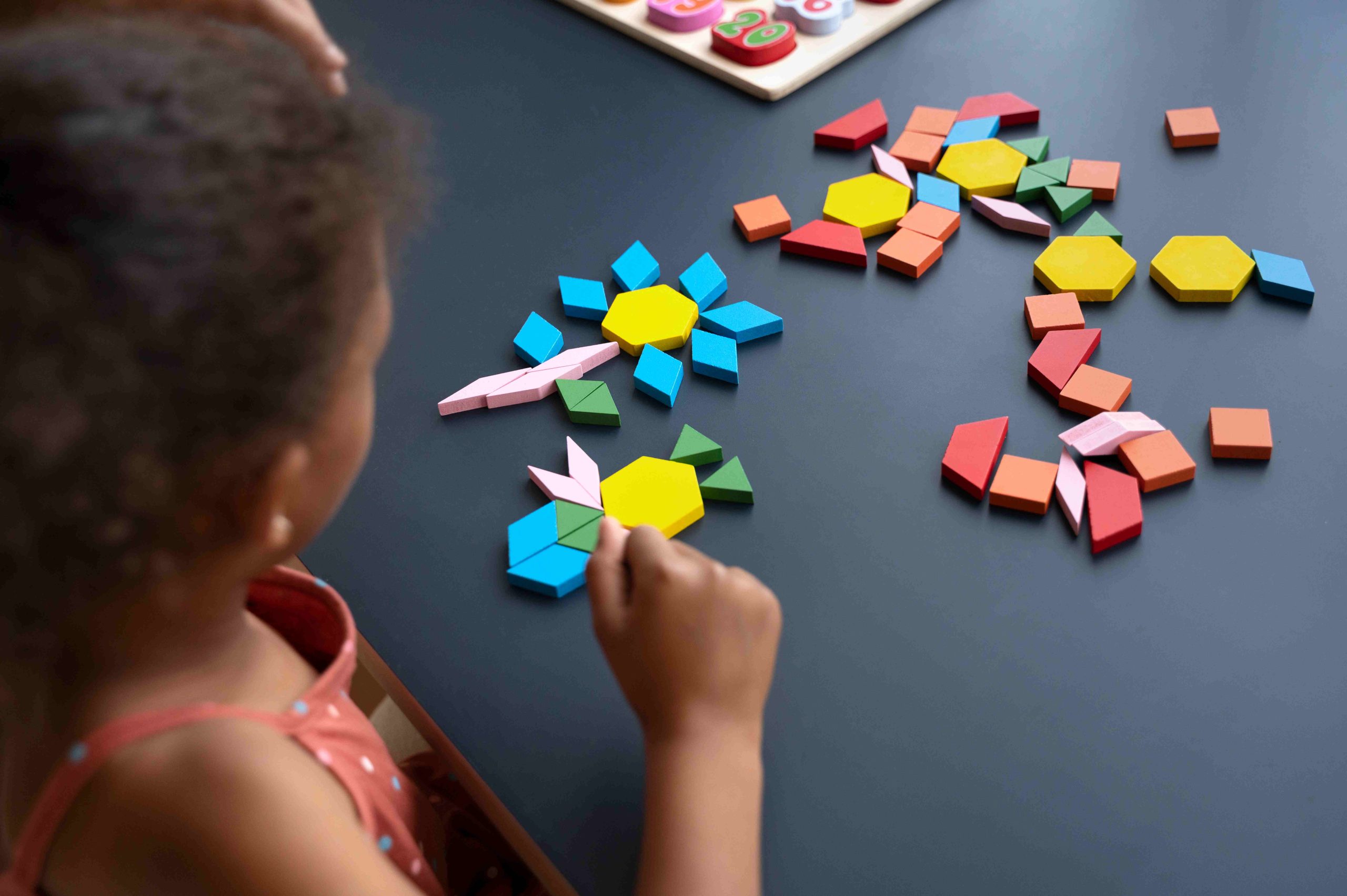
Unlocking Creativity: Encouraging Preschoolers to Draw
Drawing proves to be a vital activity for preschoolers as it enables them to express themselves, comprehend the world around them, and refine their motor skills. You, as an educator or parent, wield significant influence in nurturing preschoolers’ drawing abilities and igniting their creativity. In this article, we delve into six effective strategies for encouraging preschoolers to draw, thereby unleashing their imagination.
Why Drawing Holds Significance
Engaging in drawing during the toddler and preschool years yields numerous benefits:
- A child’s fine motor abilities flourish through drawing.
- Enhancement of hand-eye coordination.
- Freedom in drawing fosters creative expression.
- Drawing serves as the foundation for pre-writing skills.
- Improvement in focus and cognitive conceptualization.
Contrary to fostering creativity, techniques such as tracing images or instructing children to copy models are not natural or age-appropriate methods.
Understanding the Stages of Drawing Development
The progression of drawing skills in preschoolers is characterized by several stages:
12 Months: Random Marks and Scribbles
At around 15 to 18 months, babies commence producing uncontrolled scribbles, marking the beginning of their drawing exploration.
Grasping Concepts
Drawing serves as a conduit for preschoolers to understand cause and effect, as well as their ability to influence events. It focuses more on enjoying their actions’ outcomes rather than constructing or reflecting upon their world.
Enhancing Grip
Typically, toddlers can grasp crayons with their entire hand by 15 months, a grip referred to as palmar grasp.
2 Years: Controlled Scribbles
This phase, characterized by “controlled scribbling,” features haphazard circles and dots moving back and forth, laying the groundwork for subsequent drawing and writing skills.
3 Years: Embracing Basic Shapes
As fine motor skills and hand-eye coordination advance, preschoolers begin incorporating fundamental shapes into their drawings.
Nurturing Independence
Allowing preschoolers to draw without restrictions empowers them to express themselves freely, fostering independence and creativity.
4 Years: Introducing Patterns and ‘Tadpole’ People
Preschoolers at this age begin integrating patterns into their drawings, showcasing their evolving creative skills.
5 Years: Cultivating Originality
Five-year-olds display increasing originality in their sketches, exploring various shapes and subjects.
Providing a Safe and Supportive Environment
The first step towards encouraging preschoolers to draw involves creating a safe and distraction-free space conducive to creativity.
Embracing Positive Reinforcement
Positively acknowledging preschoolers’ efforts and praising specific aspects of their drawings fosters confidence and motivation.
Offering Diverse Materials
Providing a range of art materials encourages preschoolers to experiment with different techniques and unleash their creativity.
Fostering Freedom in Creation
Preschoolers should be encouraged to draw without constraints, allowing them to explore their imagination and express themselves authentically.
Infusing Fun into Drawing
Integrating games and activities into drawing sessions ensures preschoolers remain engaged and enthusiastic about their artistic endeavors.
Celebrating Their Art
Displaying preschoolers’ artwork prominently boosts their confidence and reinforces the value of their creative expressions.
Encouraging preschoolers to draw nurtures their creativity, motor skills, and self-expression. As an educator or parent, your role is instrumental in fostering their love for art and nurturing their creative potential.
Understanding Each Child’s Uniqueness
Respecting preschoolers’ individual preferences and abilities in drawing is essential, allowing them to explore their creativity at their own pace.
Continued Support for Growth
Providing ongoing resources and encouragement enables preschoolers to flourish artistically and reach their full potential.
Unlocking preschoolers’ creativity through drawing is both enriching and rewarding. Let us continue to inspire and support their artistic journey.


